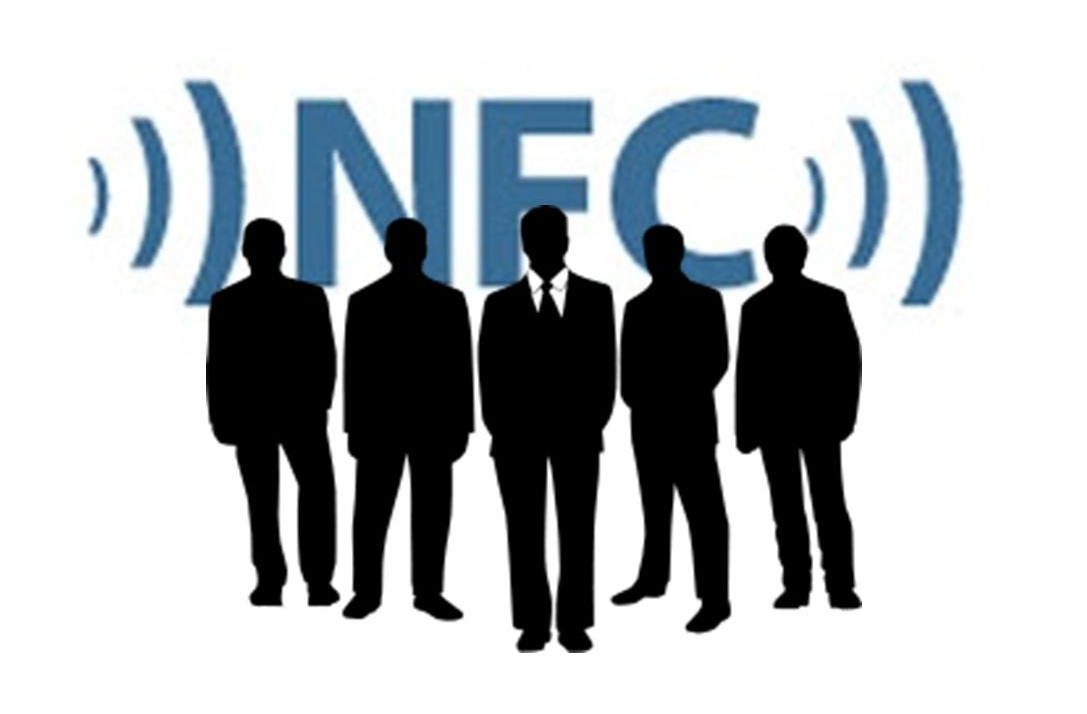Tapit to promote NFC technology in China with the help of 99 Wuxian
Tapit Media, an Australian company specializing in NFC technology, has announced that it has formed a partnership with 99 Wuxian, a mobile commerce company based in China. Together, the two companies aim to revolutionize China’s mobile commerce scene through the use of interactive marketing campaigns that leverage NFC technology. This technology will make marketing campaigns more interactive and may go a long way in effectively engaging the growing number of mobile consumers in the country.
NFC is becoming more popular as a form of interactive marketing for mobile consumers
NFC is typically used in mobile commerce, but it has seen some action in marketing. As consumers become more mobile, they are beginning to respond more to interactive marketing rather than traditional marketing. Interactive campaigns have proven to be more effective at engaging mobile consumers because they offer some form of dynamic engagement, even if this engagement only takes the form of scanning a barcode.
99 Wuxian to incorporate NFC technology from Tapit into its business offerings
 The Chinese mobile commerce firm believes that NFC technology is the next evolution of QR codes. The firm will be using the technology developed by Tapit for its various services, which nine out of 10 Chinese banks currently use. The joint venture between 99 Wuxian and Tapit is expected to bring NFC technology to the forefront of China’s evolving commerce sector. It may also increase the value of NFC-enabled mobile devices, which are still relatively rare in the global market. The growing demand for mobile commerce services has made such devices more attractive.
The Chinese mobile commerce firm believes that NFC technology is the next evolution of QR codes. The firm will be using the technology developed by Tapit for its various services, which nine out of 10 Chinese banks currently use. The joint venture between 99 Wuxian and Tapit is expected to bring NFC technology to the forefront of China’s evolving commerce sector. It may also increase the value of NFC-enabled mobile devices, which are still relatively rare in the global market. The growing demand for mobile commerce services has made such devices more attractive.
NFC is losing ground in the mobile field because of concerns regarding security
NFC has been losing support in the mobile field because of security concerns recently. These concerns are largely found within the mobile commerce space, where a massive amount of financial information is being trafficked between businesses and consumers. The technology stills forms much of the mobile payments infrastructure, but some companies are looking for alternatives to NFC that they perceive as more secure.
Branding Brand releases its latest report for August 2014
Branding Brand has released its latest monthly Mobile Commerce Index report for August. The report highlights a “mobile tipping point” wherein retailers are beginning to see more activity from tablets and smartphones than from traditional desktop computers. Mobile commerce has become a powerful force in the retail industry and many companies are taking steps to engage mobile consumers more effectively. Mobile engagement strategies are proving to be quite effective and consumers have, thus far, been responding well to the outreach coming from retailers.
Mobile traffic to retail websites has increased significantly
According to the report from Branding Brand, mobile devices have generated 51% of all retail website visits in August. This is a significant increase from the mobile traffic reported by retailers in 2010, which came in at approximately 4%. More consumers are using their mobile devices to shop online, using the resources that have been provided by retailers to do so. Shopping apps have proven to be quite popular among consumers, especially those making daily commutes to and from work.
Consumers are beginning to expect mobile-centric services from the retailers that they support
 The report suggests that there has been a fundamental shift in consumer behavior. E-commerce has become a major interest among consumers and commerce, in general, has begun to evolve with the advent of mobile technology. Many people are beginning to use their mobile devices to shop online on a daily basis and this has changed the expectations that consumers have when it comes to the retail sector. Many people now expect retailers to have some significant mobile presence as well as provide mobile-centric services.
The report suggests that there has been a fundamental shift in consumer behavior. E-commerce has become a major interest among consumers and commerce, in general, has begun to evolve with the advent of mobile technology. Many people are beginning to use their mobile devices to shop online on a daily basis and this has changed the expectations that consumers have when it comes to the retail sector. Many people now expect retailers to have some significant mobile presence as well as provide mobile-centric services.
E-commerce is still dominated by traditional desktop and laptop computers
The report shows that e-commerce is still dominated by traditional desktop and laptop computers. In August, approximately 70% of e-commerce purchases were made from such systems. These platforms remain ideal shopping portals for consumers, but many people are becoming more comfortable with the concept of mobile commerce. In the future, smartphones and tablets may replace desktop and laptop computers as the favored e-commerce platform.
 The Chinese mobile commerce firm believes that NFC technology is the next evolution of QR codes. The firm will be using the technology developed by Tapit for its various services, which nine out of 10 Chinese banks currently use. The joint venture between 99 Wuxian and Tapit is expected to bring NFC technology to the forefront of China’s evolving commerce sector. It may also increase the value of NFC-enabled mobile devices, which are still relatively rare in the global market. The growing demand for mobile commerce services has made such devices more attractive.
The Chinese mobile commerce firm believes that NFC technology is the next evolution of QR codes. The firm will be using the technology developed by Tapit for its various services, which nine out of 10 Chinese banks currently use. The joint venture between 99 Wuxian and Tapit is expected to bring NFC technology to the forefront of China’s evolving commerce sector. It may also increase the value of NFC-enabled mobile devices, which are still relatively rare in the global market. The growing demand for mobile commerce services has made such devices more attractive.
 The report suggests that there has been a fundamental shift in consumer behavior. E-commerce has become a major interest among consumers and commerce, in general, has begun to evolve with the advent of mobile technology. Many people are beginning to use their mobile devices to shop online on a daily basis and this has changed the expectations that consumers have when it comes to the retail sector. Many people now expect retailers to have some significant mobile presence as well as provide mobile-centric services.
The report suggests that there has been a fundamental shift in consumer behavior. E-commerce has become a major interest among consumers and commerce, in general, has begun to evolve with the advent of mobile technology. Many people are beginning to use their mobile devices to shop online on a daily basis and this has changed the expectations that consumers have when it comes to the retail sector. Many people now expect retailers to have some significant mobile presence as well as provide mobile-centric services.